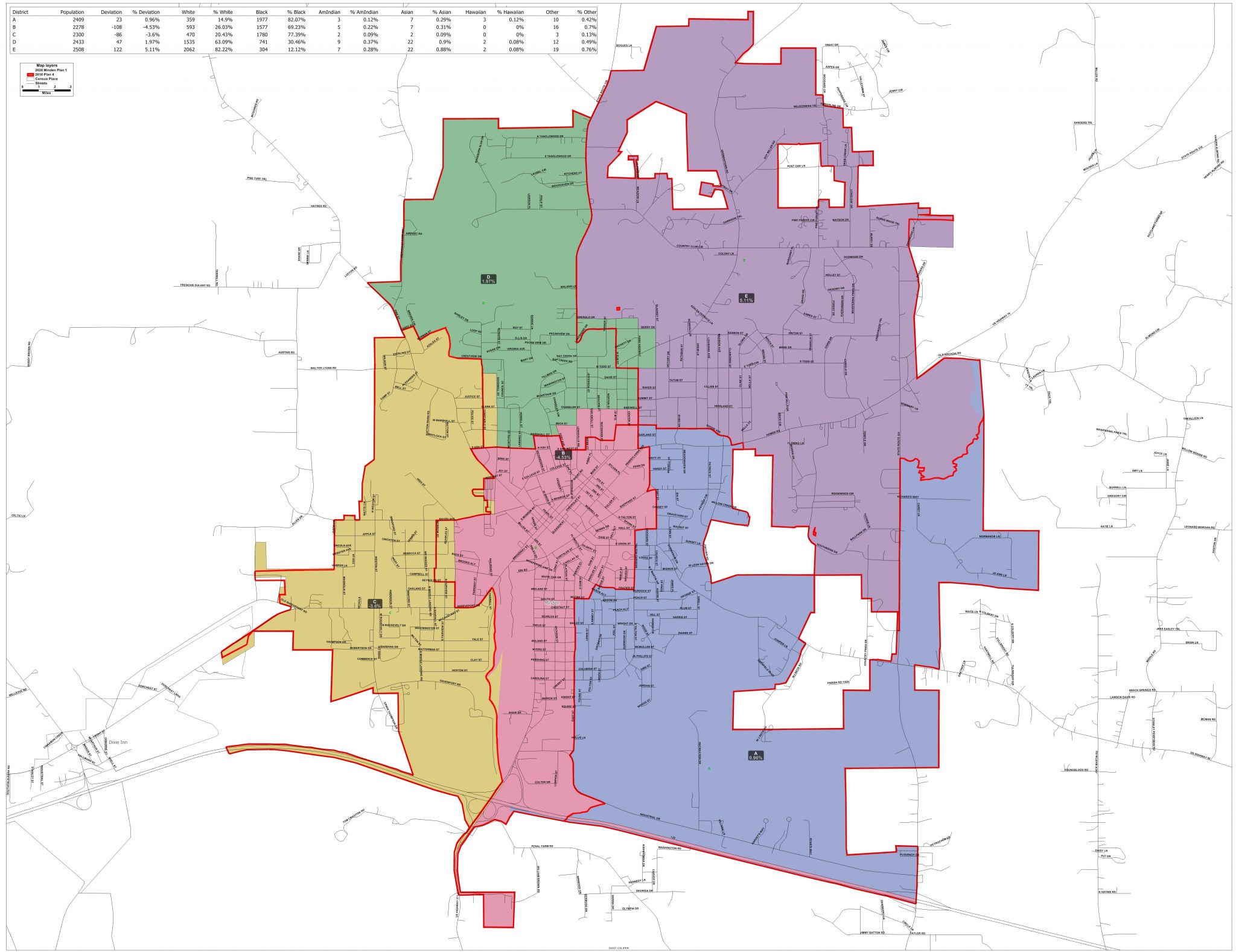530
The Minden City Council met Friday morning to draw up the lines that make up the border of each one of Minden’s five districts. This process takes place once every 10 years after updated census data becomes available.
Over the course of ten year
Minden City Council Agrees on Redistricting
previous post



